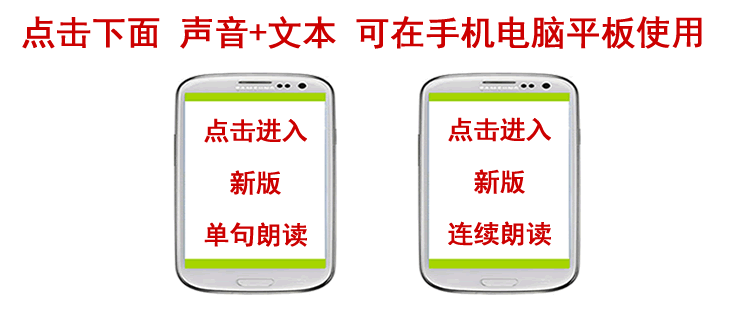金融世界第 22 讲: 继续介绍世界贸易组织 在这一讲中我们要继续向您介绍 World Trade Organisation, 世界贸易组织。
在以前的节目中我们为您介绍过世界贸易组织的前身是 General Agreement on Tariffs and Trade, 关税及贸易总协定,英文简称是 GATT。它是在一九四七年由二十三个国家在日内瓦签签订的,后来发展到有一百多个成员国。
澳洲广播电台金融节目主持人巴里克拉克介绍了关贸总协成立后的几个回合谈判:
There were seven GATT negotiating rounds held throughout the 1950s, '60s and '70s, which helped free up international trade. But because of a revival of protectionism in the 1970s and '80s, problems began to develop. 关贸总协在一九五十年代及六十和七十年代一共进行了七个回合的谈判。这些谈判有助于国际贸易的自由化。但是由于七十年代和八十年代保护主义重新抬头,问题开始出现。
The eighth and final GATT round, the Uruguay Round, took place against this background and in the more difficult international economic environment of the 1980s and '90s. 关贸总协的第八回合也是最后一个回合的谈判,即乌拉圭回合谈判,就是在这一背景下在一九八十年代和九十年代更为困难的国际经济环境中进行的。
Many of the problems encountered during the Uruguay Round stemmed from an ambitious agenda, which sought to extend the GATT disciplines to areas such as trade in agricultural products and trade in services and intellectual property. 乌拉圭回合谈判中的许多问题都来自于雄心勃勃的谈判议程。这项议程要把关贸总协的规则延伸到农产品贸易、服务业及知识产权的贸易领域中。
澳大利亚莫纳什大学亚太经合组织研究中心主任艾伦奥克斯利对乌拉圭回合贸易谈判作了进一步的介绍。他说:
It greatly expanded the scope of the GATT. In the past, the General Agreement on Tariffs and Trade had focused exclusively on world trade in goods. The Uruguay Round greatly extended the ambit of the coverage to include a new set of issues, services, and it brought intellectual property in. 这轮谈判大大扩展了关贸总协的范围,而过去关贸总协只专注于世界的货物贸易。同时乌拉圭回合谈判也大大扩展了关贸总协涉及领域的界线,使它包括了一系列新的方面和服务行业,也包括了知识产权问题。
A third, technical change is that it significantly expanded the completeness of the coverage of the GATT trade rules. There were new disciplines introduced on subsidies. So in fact by the time that round had finished, there was a more complete application of the principles of trade in goods which the original GATT had been designed to cover. 第三个也是技术性的变化是这轮谈判显著加强了关贸总协有关贸易规定的完整性,就(政府为某些生产部门提供的)补贴问题制定了新的规则。实际上在这轮谈判结束时,商品贸易的准则已经得到更完全的实施,而这也正是最初签订关贸总协定的目的。
一九九三年,经过七年的磋商,乌拉圭回合谈判宣告结束。一百一十七个成员国共同作出决定,要扩大关贸总协的规模,成立一个新的组织,也就是世界贸易组织 World Trade Organisation,简称WTO。
澳大利亚莫纳什大学的里查德斯纳普教授指出了世贸组织与它的前身关贸总协的不同之处:
One very big change is in the dispute settlement arrangements under the WTO, which are rather different from those under the GATT. 一个很大的变化就是世贸组织解决争议的安排与原来的关贸总协大不相同。
Previously if there was a dispute, there'd be a panel which would look at a dispute, and then the panel's report would come to the general body. And the report could only be accepted by consensus. So that that meant that the guilty party, if you like to use that term, could obstruct the acceptance of it. 过去如果发生了争执,一个专门的小组会对争议进行调查,然后向最高机构提出报告。这一报告只有在全体成员一致同意的情况下才能获得接受。这就意味着违规的一方能够阻止(关贸总协)接受这一报告。
What occurred in the Uruguay Round was a turning around of this, so the panel's report in examining a case can now only be rejected by consensus, which is a dramatic change and has given the dispute settlement procedure very strong teeth. 乌拉圭回合谈判改变了这一点,使调查某一贸易争议的专门小组的报告现在只能被一致意见所推翻。这是一个极其显著的变化,它赋予解决争执的程序强有力的手段。

